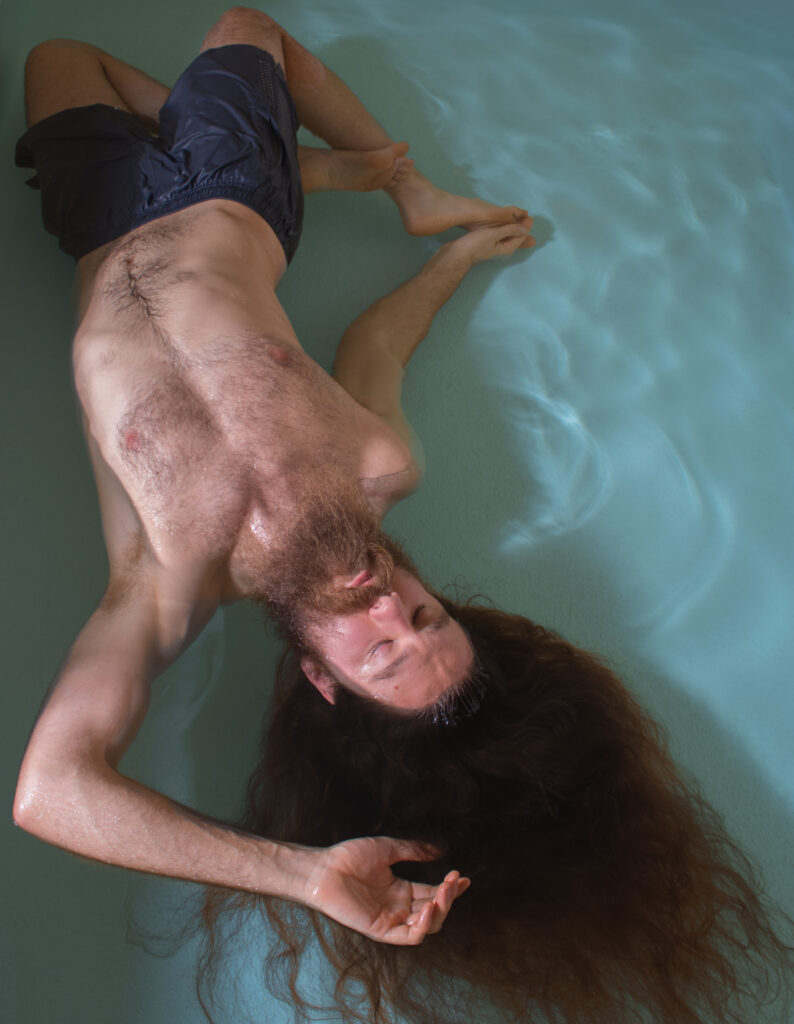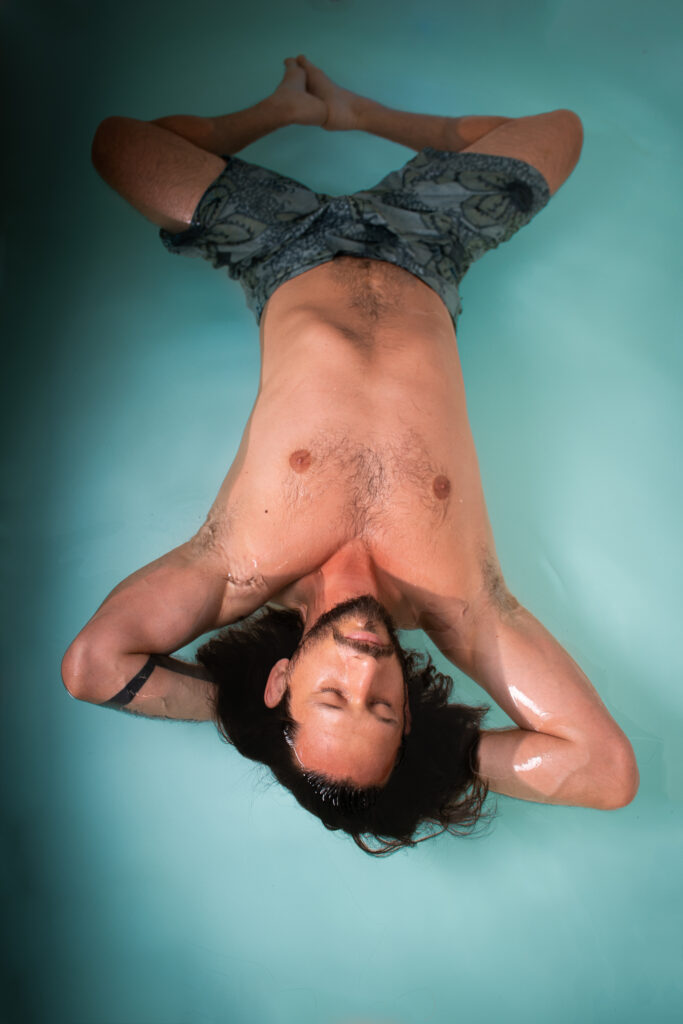The idea of yoga in the west often begins and ends with pictures of various movements you do in a crammed studio surrounded by other sweaty people. In reality, this is but one sliver of what yoga truly is. Rather than a physical workout that you do, yoga is more of a way of life that you pursue. Is it an internal practice involving the mind and body, working towards alignment.
“The Yoga Sutras Of Patanjali”, one of the foundational texts of classical yoga written roughly 2000 years ago, describes eight limbs of yoga, each leading you on the path to enlightenment. The eight limbs are:
1. Yama – attitude towards the environment
2. Niyama – attitude towards oneself
3. Asana – practice of body movements
4. Pranayama – practice of breathing exercises
5. Pratyahara – restraining of the senses
6. Dharana – concentration on a single point
7. Dhyana – being fully engaged and concentrated in the meditation practice
8. Samadhi – enlightenment
It can be seen that the physical movements often associated with yoga (asanas) are just a small part of a larger practice: one that includes breathwork, mental concentration, looking inward, evaluating morals, and even practicing self-love. Depending on your school of thought, the limbs are either completed in order, or worked on simultaneously. Many in the west find their introduction to yoga through asana practice in a studio and then they might begin exploring the rest of their practice from there, if ever.
Looking at the eight limbs, it’s easy to see how many of them can be adapted for practice in the float tank, a seemingly perfect environment to engage with the yogic exercises. Having a place where you are left with nothing but your own mind and body creates a wonderful space to work on yourself. “Yoga is about stilling the fluctuations of our consciousness and finding the union of the body, mind, breath and the spirit in the present moment,” says yoga teacher, and floater, Martina Phillips. For her, floating is about “the feeling of non-existence and effortlessness.” She says the two practices can work together, and that with a correct practice, that same effortlessness she feels from floating can be felt from yoga.
Niyama, pranayama, and pratyahara stand out as particularly easy practices to work on while floating: looking inwards at yourself, breathing exercises, and resisting the senses. Looking inward and breathing exercises are simple forms of meditation, both of which people often already naturally do while floating.
And as far as resisting the senses goes, the tank is almost a cheat-code: there is simply nothing to resist. Once acclimated to the salty solution, your body soon begins to feel like a puddle, becoming one with the water. There are no sounds or lights to distract you, and before you know it all sensation has been reduced. Taking a deeper look, it becomes clear how all of the 8 limbs can be worked into the practice of floating.
Starting with simple mediations can lead easily into the practices of dharana and dhyana (concentration on a single point and being fully engaged and concentrated in the meditation practice). Floating is often described as “meditation with training wheels,” and we hear many people talk about how they start floats with meditation or breathwork. Whether these people know it or not, they are using the tank to practice yoga.
And as for Yama, or attitude towards your environment? With the increased boost of dopamine that can accompany a float, a happier outlook on the world can be easier to cultivate, giving a way to practice yamas after a float, looking at the world with more peaceful eyes.
Working asanas into floating may seem a bit more challenging; how can you do yoga poses in the tank? The answer is to adapt the poses in a way that can work with the buoyant saltwater. This means specifically focusing on poses that can easily be done in the supine position.
DISCLAIMER: We are not medical professionals, nor yoga teachers. All information regarding asanas/stretching in the tank has been gathered through conversations with yoga teachers. You should always listen to how your body feels when stretching, and consult with a doctor or physical therapist with any concerns before trying yoga in the float tank.
While floating in water may seem like it would hinder the asana practice, the buoyancy the tank provides can actually be used as a tool. All of the yoga teachers we spoke with mentioned the benefits of an asana practice in the tank: being suspended in water lets the spine stretch and the back muscles relax. This loosening of the body can help make poses feel easier to get into, allowing for deeper stretches than are typically possible out of the tank.
There is also the added freedom of movement without the pull of gravity, allowing the body to move and stretch in different ways. Another benefit of asana in the tank, as Kim Hannan, float center owner and yoga teacher points out, is how personal the practice in the tank becomes – there is no one else around you to compare your practice to. Alone in the darkness, she finds she can “feel a greater connection to the sensations in the body.” By having this greater connection, the need for a mirror in a yoga studio is lost, she can sink into poses by “not just wondering if my alignment ‘looks right’ – but does it ‘feel right’?”
For poses in the tank, most of the teachers mentioned “wiggling around” in the tank at the start of the float to loosen the body, then stretching out in every direction before falling still. Supine twists, like with hands above the head and moving hands and feet in the same direction, and creating a banana with your body (as Martina described), were common tank-poses that the yoga teachers mentioned.

The “Extended Hand-to-Big-Toe” pose can become easier in the tank, as you are not relying on the back strength it takes to perform the pose standing. Likewise, “Reclining Tree” poses are nice to do in the tank to open-up the hips and align the spine. The “Reclining Cobbler” and “Reclining Lotus” poses were also brought up, as the floating feeling in the tank lets these deep and challenging poses become more accessible.

These are not the only poses to practice in the tank, and even just light movements tend to be beneficial to getting the body relaxed. Light stretching before and after the float also offers value. Beforehand, it gets the body relaxed, and afterwards it can help wake the body back up and get ready to move. Once again, listen to your body and never push your limits while stretching in the tank. The asana practice should be light, and neither intense nor strenuous when you’re floating.
Finally, the achievement of Samadhi (enlightenment) is not something that can be done in a float or two. It’s certainly not impossible for one to become “enlightened” in the tank, but it is more likely the act of floating will aid in that journey through the integration of the other 7 limbs, allowing a unique environment to work deeply with the various yoga exercises.
The idea of floating being so closely tied with the 8 limbs of yoga has led to some people calling floating the unofficial “9th Limb”: Kim Hannan even mentions this in her 2018 blog post. She discusses how floating is the culmination of the 8 limbs and that in the tank all can be worked on together. Floating provides a space to take time for only yourself, making it a great place to integrate the practices of yoga.
It is worth noting that every float practice is unique, and that there are no “right” ways to float – on its own, it is a wonderful experience with many benefits. For some, the tank can be an extension of their yoga practice, and for others it is a space to simply de-stress and relax. Regardless, the important thing for any floating practice is to engage in self-care and actually book yourself in for a session.